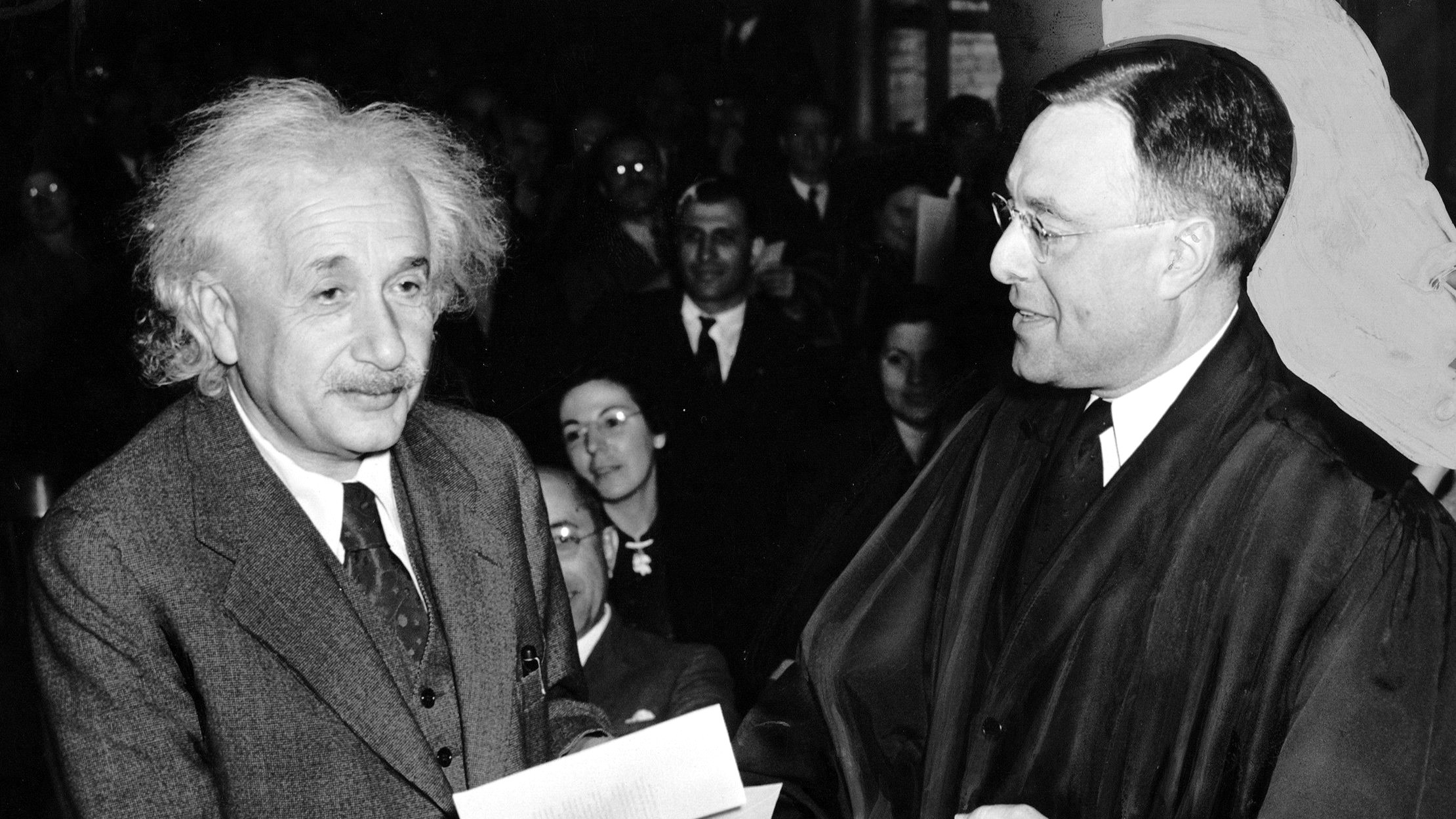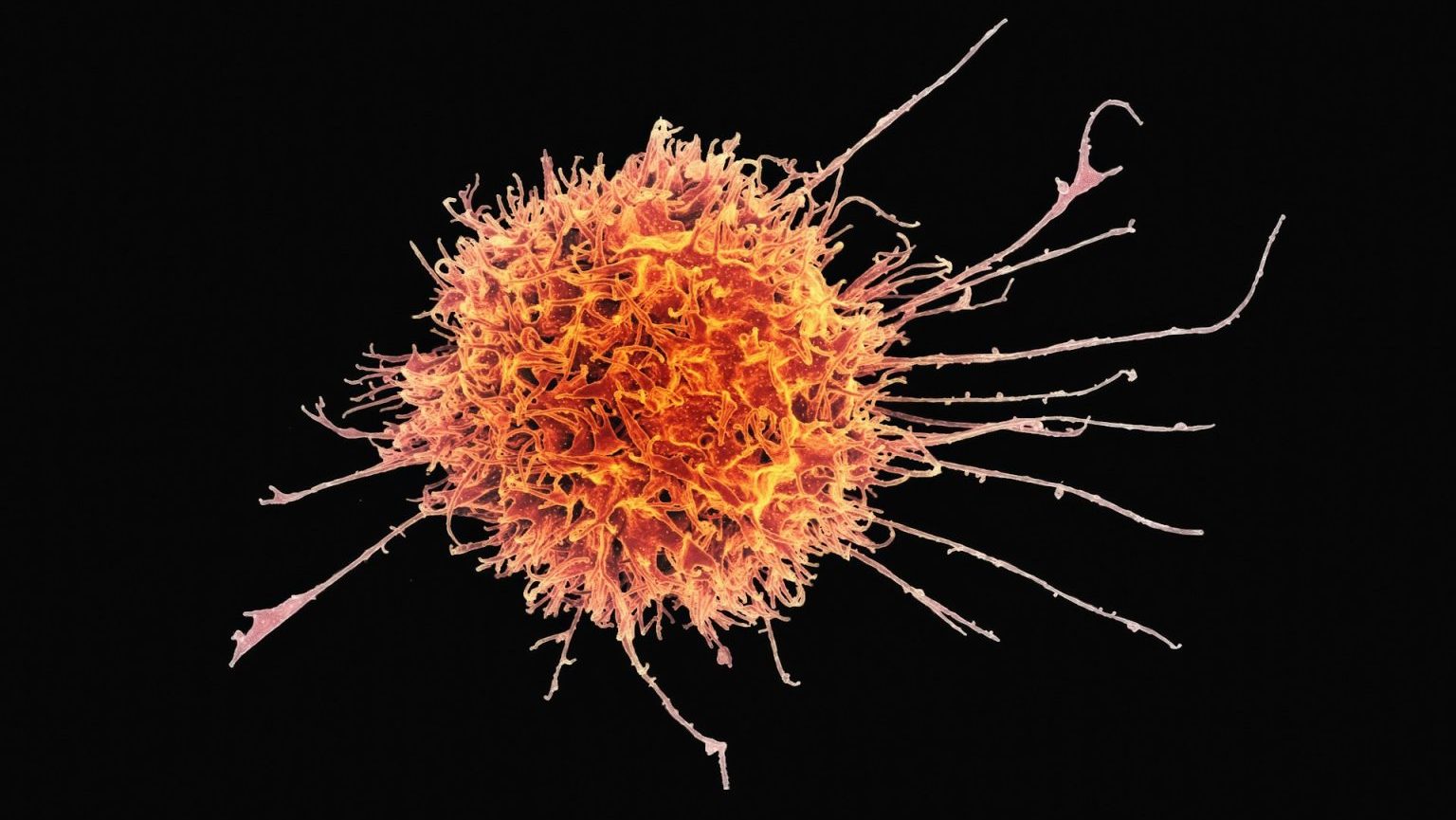Schlesinger and her colleagues discovered that dendritic cells are a “fertile field for the replication of HIV.”
Sarah Schlesinger: Well, I came to work with dendritic cells purely through circumstance. I was interested in cells. I knew that, and I don’t know why. That’s always been the level at which my interest is, and it’s like a favorite color. It’s just how it is. Some people like molecules. Some people like proteins. But I’ve always liked the living cell. I think I take great pleasure in just watching them. You can put them under the microscope and see what’s going on, and I like that ability.
I like the direct state of being able to visualize them myself. But as I mentioned, I came to work in the laboratory of Dr. Zanvil Cohn under Dr. Ralph Steinman, which was a laboratory that worked on macrophages, which were a cell that’s related to dendritic cells. Ralph had just discovered dendritic cells. So I learned how to make them.
Question: How do dendritic cells relate to HIV and AIDS?
Sarah Schlesinger: It was the beginning of the AIDS epidemic, and Ralph and his colleague, Melissa Pope, had demonstrated that dendritic cells, particularly when mixed with T-cell lymphocytes, were the most fertile field for the replication of HIV, the virus that causes AIDS. It was very controversial work, because it had been demonstrated in vitro, or in the test tube, and nobody had been able to demonstrate it in a person. One of the problems with any ADIS research, and frankly, as we discussed vaccines, there’s a problem with vaccines, is there’s no good animal model.
So you couldn’t really demonstrate it in an animal, but that didn’t mean much, because it was a different disease. So I, with colleagues, there was a collection of tissues that had been assembled for diagnostic purposes, in which I was able to show that there were dendritic cell, T-cell syncissia [ph?], or where these cells got together, and there was abundant, tremendously abundant HIV replication, and this was in 12 people. So that was an important discovery that was important because of how it fit with Ralph’s bigger work. That led to a publication in Science, which was for the record my only publication in Science, but was a very big deal. And that really changed my career, because at the time I was working at the Armed Forces Institute of Pathology, the work came to the attention of the Walter Reed Army Institute of Research.
People were beginning to be interested in dendritic cells. And because I had the ability to work with them, and they’re very hard to work with, because as I said they’re hens teeth rare [ph?]and they like to die. They’re post mitotic, which means they don’t divide, so anything you do to them just makes them die. And because I had this association with Ralph, they asked for me to come and work at the Walter Reed on dendritic cells and HIV, because people were beginning to realize that it was important both in HIV pathogenesis, and would subsequently come to realize that it was important HIV vaccine design. So the division of retro virology at the Walter Reed Army Institute of Research is charged with developing a vaccine to prevent HIV.
Recorded on: June 10, 2008





